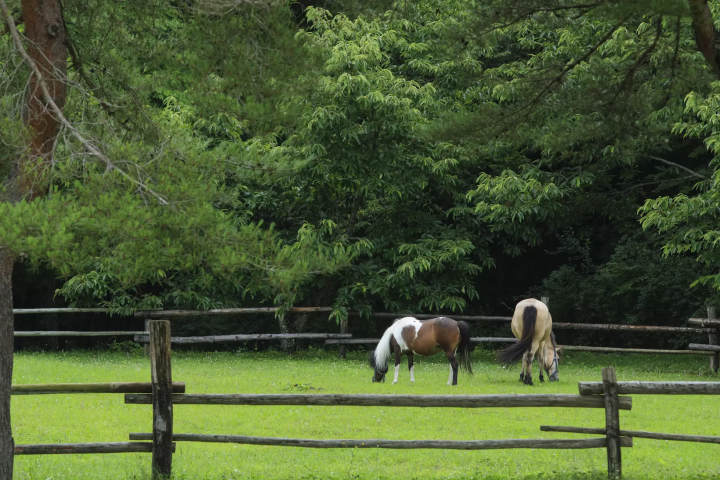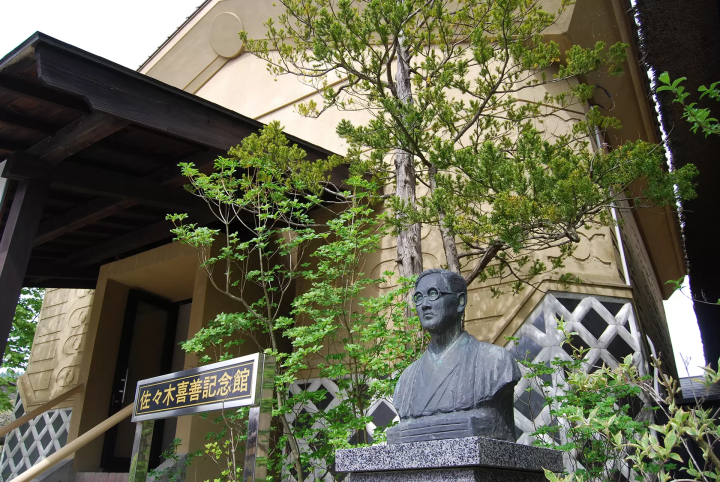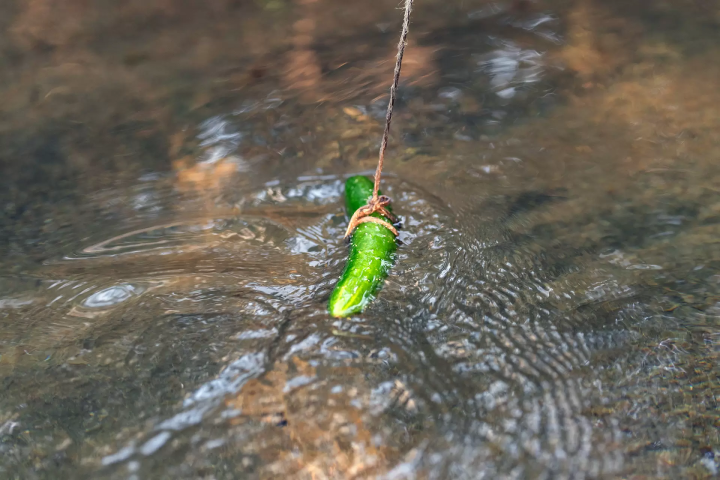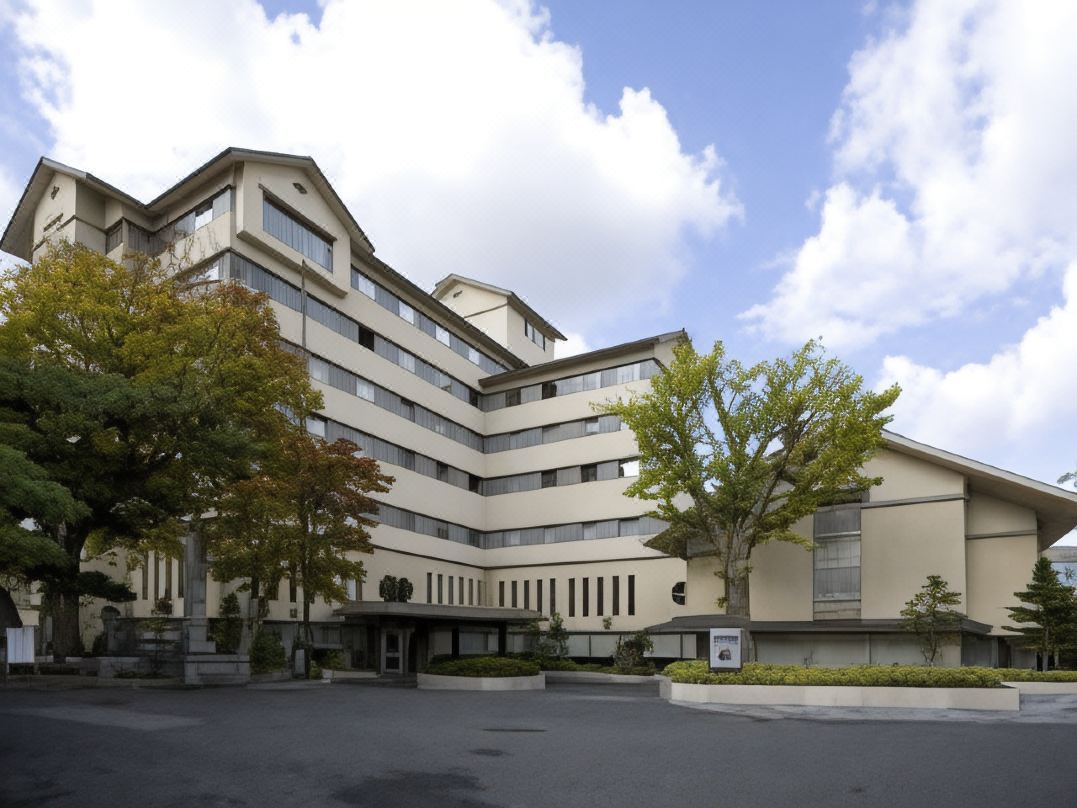Tono, Iwate - A journey through the world of "The Tales of Tono," a journey of legends and fantasy that transcends time and space

What would you think if you knew that "The Tales of Tono" were not fictional, but that there are places you can actually visit today? The original scenery that remains in this eternal Japanese hometown will take you on a journey of legends and fantasy that transcends time and space.
-
Table of Contents
- Tono, where the original Japanese scenery remains
- The World of Tono Tales
- Access to Tono
What comes to mind when you hear the word "hometown"? If you look it up in a dictionary, you'll probably find definitions like "a place that you have a deep connection to since ancient times" or "the place where you were born and raised."
Tono City in Iwate Prefecture is known as the "eternal homeland of Japan."

Surrounded by soothing mountains, Tono City, where deep greenery and rich traditional culture blend together, retains a strong trace of Japan's original landscape and is also known for Kunio Yanagita's "Tono Monogatari." "Tono Monogatari" is a collection of anecdotes and legends from the Tono region, a collection of so-called folk tales. The world described there is very mysterious, and many of the stories have a somewhat occult atmosphere.

But what if you found out that the story was not fictional, and that there are places you can actually visit today? The original scenery that remains in this eternal Japanese hometown will take you on a journey of legends and fantasy that transcends time and space.
Tono, where the original Japanese scenery remains

The Tono Basin, located inland in Iwate Prefecture, is home to beautiful scenery that changes with the seasons.
The lush and majestic Rokkoushi Mountain, the clear Sarugaishi River, the endless fertile fields, and the watermills, old stone monuments, and shrines can be seen around the fields. It's a place where you can get a glimpse of life from long ago, so it's no wonder that folk tales remain here.
The World of Tono Tales

The Tales of Tono are a work written and compiled by Kunio Yanagita based on the legends of Tono told by Kiyoshi Sasaki, a local folklore collector and novelist, and are said to be the forerunners of Japanese folklore studies. The book contains many mysterious legends such as zashiki warashi, kappa, and oshirasama, but it is highly regarded for its focus on folklore, its compilation of stories as they were heard without any strange alterations, and its unique literary style, which has led to its enduring popularity even today. Let's take a tour of the mysterious world of the Tales of Tono.
JR Tono Station

Let's start our journey at JR Tono Station. Located in the center of Tono city, this station building is made of hard concrete blocks and has an architectural style that is rare in Japan. In 2002, it was selected as one of the 100 best stations in Tohoku for its "solid stone-built exterior that incorporates European architectural styles."

Tono is also known for the "Kappa Legend." This legend appears in the "Tono Monogatari," and there are kappa-themed objects scattered around the station, including the Tono Station Police Box, which features a unique design that resembles a winking kappa.

Now, let's review the Tales of Tono at a facility close to the station.
The House of Tales

The Tono Monogatari no Yakata is located about a six-minute walk from JR Tono Station. This facility consists of the Mukashibanagura, which introduces folk tales and old stories that appear in the Tono Monogatari, as well as historical buildings such as the former Takazen Ryokan and the former Yanagita Kunio Retreat. The Mukashibanagura exhibits many folk tales that are well known throughout Japan, from legends unique to Tono such as the Kappa and Zashiki Warashi to "Hanasaka Jiisan" and "Momotaro."

Each book is tastefully put together using beautiful illustrations and objects, and is enjoyable for both children and adults.
Among the many buildings, old buildings such as the former Takazen Inn and Yanagita Kunio's retirement home have been preserved. Many materials introducing Yanagita Kunio's achievements are on display inside.

If the time is right, you can also listen to the storytellers speak directly, which will help you gain a deeper understanding of the world of the Tono Monogatari.
Hotels near Tono's Story House
Tono City Museum

Leaving the Tono Monogatari Museum with your back to JR Tono Station, walk for about 5 minutes to arrive at the Tono City Museum. Here, exhibits are based on three themes: "The World of Tono Monogatari," "Nature and Life in Tono," and "Folklore of Tono." The museum displays the manuscript of Yanagita Kunio's "Tono Monogatari," as well as folklore materials unique to the Tono region, such as Oshirasama.
You can also see materials related to folklorists with ties to Tono, such as Ino Kanori and Sasaki Kizen. Now that you have reviewed the Tono Monogatari, let's actually step into that world.
Hotels near Tono City Museum
Unedori Shrine

The shrine to Unedori-sama, located about a 5-minute drive from JR Tono Station, is known as the god of love and is visited by many couples. This shrine also appears in the 35th chapter of "Tono Monogatari Shuui" and is depicted as a special place.
It is said that long ago, this area was home to a large pool, inhabited by a mysterious being called the "Lord of the Pool." It is said that if a man and a woman prayed for love here, their wish would miraculously come true, and that the "Lord of the Pool" would sometimes appear to those with deep faith.

Nowadays, it is said that if you tie a red cloth using only your left hand to the branch of the tree in front of the shrine at that location, you will find love. After visiting the god of love, why not take a little walk to meet "Oshirasama", the god of the home.
Hotels near Unedori Shrine
Traditional Garden

Denshoen is a facility established to preserve the daily life of the people of Tono in the past and pass it on to future generations, providing the perfect environment for gaining a deeper understanding of Tono's history and culture. There are many things to see within the park, such as the beautiful curved house "Kikuchi Family Residence," a national important cultural property, and the "Sasaki Kizen Memorial Hall," which commemorates Sasaki Kizen, the narrator of "Tono Monogatari."

Furthermore, at the Oshira Hall, approximately 1,000 statues of Oshirasama, a god associated with sericulture and agriculture, are on display, offering a glimpse into the depth of Tono's culture and faith. These facilities play an important role in connecting Tono's past and present, allowing visitors to gain a deeper understanding of Tono's history and culture.

In the 69th story of "The Tales of Tono," there is a story about a girl who married a horse. The angry father hanged the horse from a mulberry tree, killing it. The saddened girl climbed onto the horse's severed head and ascended to heaven. This event is said to be the birth of Oshirasama.

Upon entering the Oshirasama Shrine, which is connected to the Magariya house, visitors are greeted by around 1,000 Oshirasama figures, each made from wooden poles with the faces of horses and humans carved into them and dressed in cloth.
The story of a maiden marrying a horse may seem hard to believe at first glance, but it is a sad legend that arose from the importance of horses for farming and transportation, and has become an object of worship.

Knowing this story, you may feel a sense of sadness when you look at the simple-looking god inside the hall. There is another place nearby with a different legend, so let's head there next.
Jokenji Temple and Kappa Pond

About a five-minute walk from Denshoen through the hop fields is a Soto Zen temple called Jokenji. Founded in 1490, the grounds of this historic temple are home to the only kappa lion guardian lion statues in Japan. Legend has it that a kappa that lived there put out a fire at Jokenji Temple and became a lion guardian lion.

There is a small stream that flows behind Jokenji Temple, and it is said that many kappa lived in the pools of the stream long ago, frightening people. As a result, this place eventually came to be known as "Kappa Pool."

According to documents from the Tono Cultural Research Center, there are 14 pools in Tono where kappa are said to have appeared. Some of the stories include a rather clumsy one in which a kappa tries to pull a horse into the pool, only to end up being pulled back to the stable instead. After hearing these stories, you may feel that kappas are somehow lovable beings rather than frightening monsters.

There are also relatively recent records of a kappa being spotted in 1974. Kappa Pool, with its clear, flowing water, is covered in dense vegetation, giving the impression that a kappa might appear at any moment.
One thing you might want to try at Kappa Pool is catching a kappa.
The local tourist association issues a "Kappa Capture Permit (220 yen)," and if you manage to capture a kappa and take it to Tono TV...you'll win a prize of 10 million yen!!!

So why not try capturing one alive using a cucumber, their favorite food?
Tono Furusato Village

About a 10-minute drive from Denshoen is Tono Furusato Mura, a place that recreates a nostalgic rural landscape. In this village, you can enjoy experiencing various traditional cultures and rural life in a tranquil setting, with thatched-roof houses and watermills built from the Edo to Meiji periods.
As you enter Tono Furusato Village from the visitor center, you will see Mayoiga Forest, which also appears in the Tales of Tono.

"Mayoiga" is an old tale from this area about a mysterious house in the mountains. It is said that those who visit this house will be blessed with good fortune and wealth. According to the story, those who visit the house are also free to take something home with them.

However, only a limited number of people can actually achieve this good fortune. For example, in the 63rd story of "The Tales of Tono," the wife of the Miura family is told, who found good fortune precisely because she had no desires. On the other hand, in the 64th story, the story of a young man who was deprived of good fortune because he was too greedy is depicted. So, what about you?

Either way, once you leave the Mayoiga forest, you'll encounter the Nanbu Magariya Village, where horses and people once lived together, as well as beautiful scenery throughout the year, including wildflowers, cherry blossoms, fresh greenery, autumn leaves, and snowscapes. You might lose track of time and spend the whole day here.
Continued stone

About 15 minutes by car from JR Tono Station you will find the mysterious "Tsukiishi".
The 11th chapter of the "Tales of Tono" states that the "Tsukiishi closely resembles what modern scholars call a dolmen." The stone, which appears in the 91st chapter of the "Tales of Tono," is famous for its mysterious properties. While it may be an ancient tomb, it is also said to have been lifted by the legendary Musashibo Benkei.
To see this mysterious stone, pass through the torii gate and walk along the mountain path for about 15 minutes to arrive at a small hill surrounded by cedar trees. There, you will see a large stone structure shaped like a torii gate, with two stones next to each other. On top of the left stone, there is another large stone measuring 7 meters wide, 5 meters deep, and 2 meters thick, called "Sasaishi."

It is not clear whether these stones are man-made or a miracle of nature, but there is no doubt that their presence makes this area known as a mysterious and sacred place.
There is a parking lot reserved for Tsuzukiishi sightseeing, but it is small and will fill up with just a few cars, so please be careful when visiting.
Access to Tono
Even at a glance, there are many places that are connected to the Tales of Tono.
The route in this article mainly requires travel by car, but if you have time, it might be a good idea to take your time to explore the area by rental bicycle (not available during the winter).

If you visit Tono, you may find something there that modern people have forgotten.
We are a regional trading company responsible for promoting local products and revitalizing tourism in Tono City, Iwate Prefecture. Tono is home to numerous legends about kappa and zashiki warashi, and is also home to an abundance of agricultural and livestock products that take advantage of its location in a basin, with one of the largest production volumes of hops used in beer in Japan. I'm proud. By interweaving Tono's people, goods, history and culture, we aim to create value unique to the region, refine the Tono brand, and revitalize the region.
The contents on this page may partially contain automatic translation.







































![[Coupon Available] Attention Overseas Winter Sports Fans! Nagano's Sports Depot Has Evolved](https://resources.matcha-jp.com/resize/720x2000/2026/01/05-254819.webp)
![[2 hours from Tokyo ] 10 Quiet and Breathtaking Views of Mount Fuji in Yamanashi Hokuto City , Yamanashi - Part 2](https://resources.matcha-jp.com/resize/720x2000/2025/12/16-253037.webp)

![[Reopening in March 2026] Ikoma Sanjo Amusement Park Park, 45 minutes from Osaka , with free admission](https://resources.matcha-jp.com/resize/720x2000/2024/08/28-194409.webp)